SETI Scientists Close To Finding Life In Space
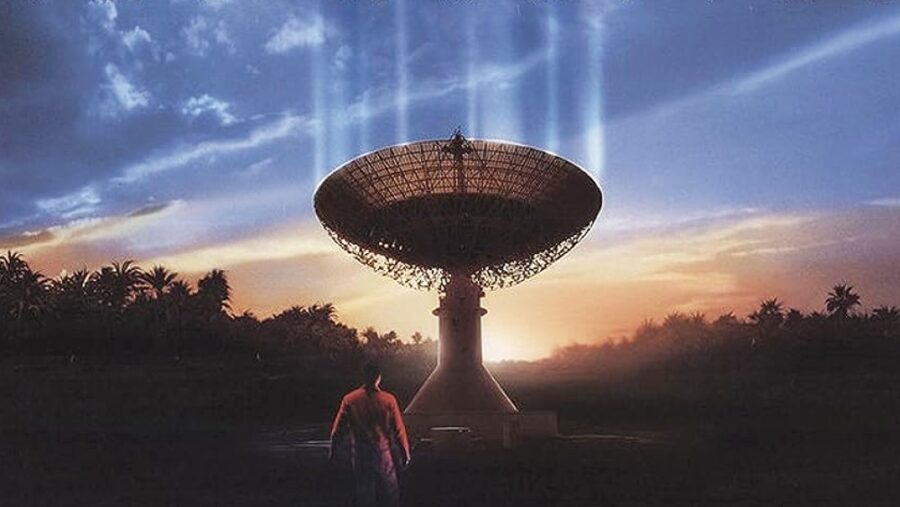
A SETI scientist who has spent her career searching the Universe for life declares that the ingredients for life aren’t as rare as we might think. Astrobiologist Nathalie Cabrol, Director of the Carl Sagan Center for Research at SETI, has released a book in which she outlines just how common the basic elements we’re made of are in the universe. Stressing that there is much we still don’t comprehend about life on and off of Earth, Cabrol is optimistic about finding life independent of Earth.
The Proof Is Out There
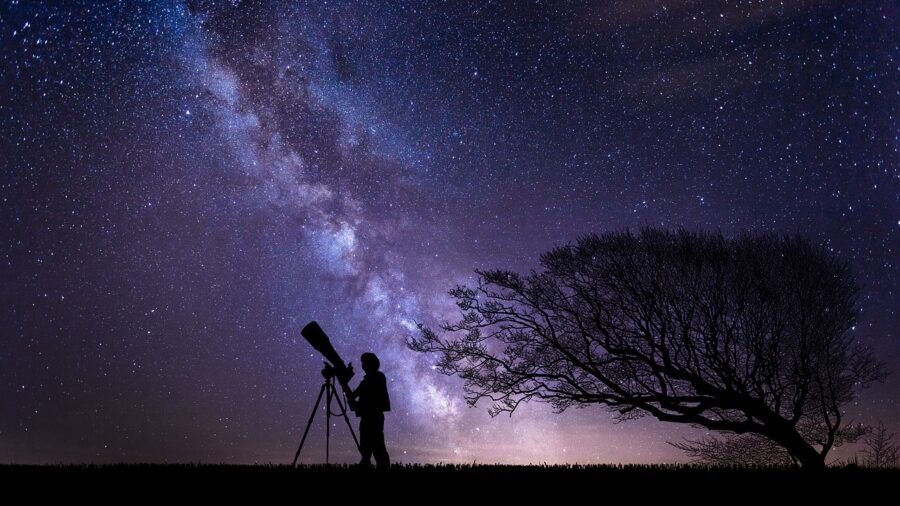
While the basic elements of life surround us in the Universe, SETI scientists like Cabrol have yet to identify any life that isn’t from Earth. Although proof of such life still eludes us humans, signs that it’s possible and even probable that life exists somewhere out there in space abound. With our current, relatively new search for life, we humans are basically in our infancy of understanding how the universe works, so the idea that since we haven’t found life yet, we probably never will is a strangely impatient position when it comes to science.
400 Years Of Research Isn’t A Lot

In the timeline of our universe as we understand it, life on Earth is very new, and humans are even newer. In this sense, the search for life in the universe outside of Earth, like the ongoing project at SETI, is even newer, basically only existing from the time that humans could observe the Universe from telescopes, a little more than 400 years ago.
Our ability to search for life outside Earth using new instrumentation is even newer, originating in varying forms sometime around the 1960s, so the idea that we are likely close to finding life outside Earth is an exciting development for astrobiology.
The Challenges
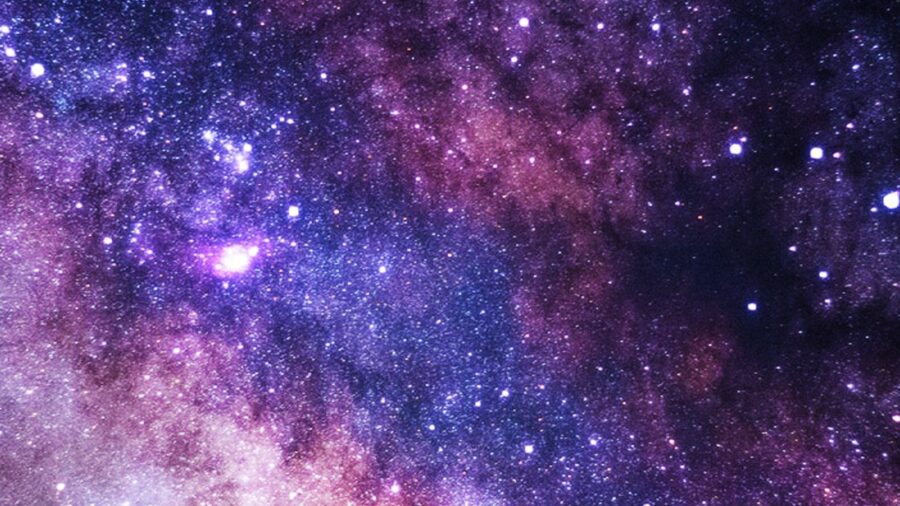
Cabrol isn’t completely confident that the way SETI is looking for life in the Universe is the right way to go about it. She says that the way evidence is evaluated is ambiguous, pointing to the Viking Label Release of the 1970s, which at the time was given as evidence of life on Mars, but is now considered to be inconclusive. The patterns observed in the images could have been made by the environment or by life forms, meaning that there’s no proof one way or the other of life on Mars.
The challenges that SETI and other scientists are faced with are immense. First, how do we determine that life has at some point existed somewhere but now does not if we can’t bring back samples to study?
And how do we decide when an area has been thoroughly searched and that life isn’t now and never was present? These are questions that without answers we will have difficulty proving the existence or lack thereof of life outside of Earthly origins.
Very Close To Finding Irrefutable Proof
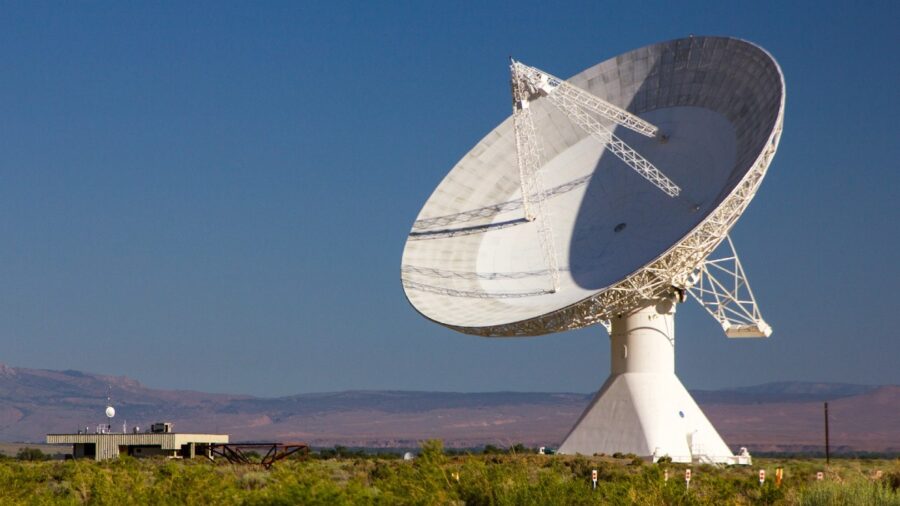
But alongside this skepticism, Cabrol also has a healthy dose of optimism. While there isn’t any way to pinpoint exactly when we will find life in the Universe, she thinks that we are close. The number of missions looking for life, and the methods we’re using to search have evolved. Instead of looking just for spaceships and radio signals at SETI, or tangible living specimens, we can look for artificial particles, evidence of burning fuel, and altered environments as clues to civilization on exoplanets.
Nathalie Cabrol’s Book
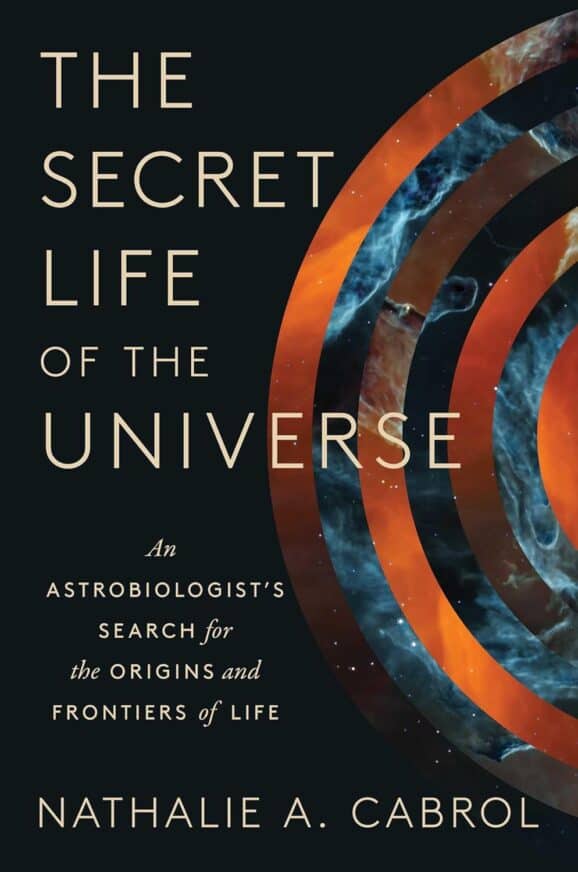
Our search for life is limited by our understanding of how life exists as we can observe it from projects like SETI, Cabrol says. In her book, The Secret Life of the Universe, An Astrobiologist’s Search for the Origins and Frontiers of Life, Nathalie Cabrol describes our infancy in understanding the origins of life here on Earth as well as in the rest of the Universe.
But she also describes the promising findings that are being made currently, and points out that we never know what will land or when we will hear an alien signal from space–it could be any minute.












